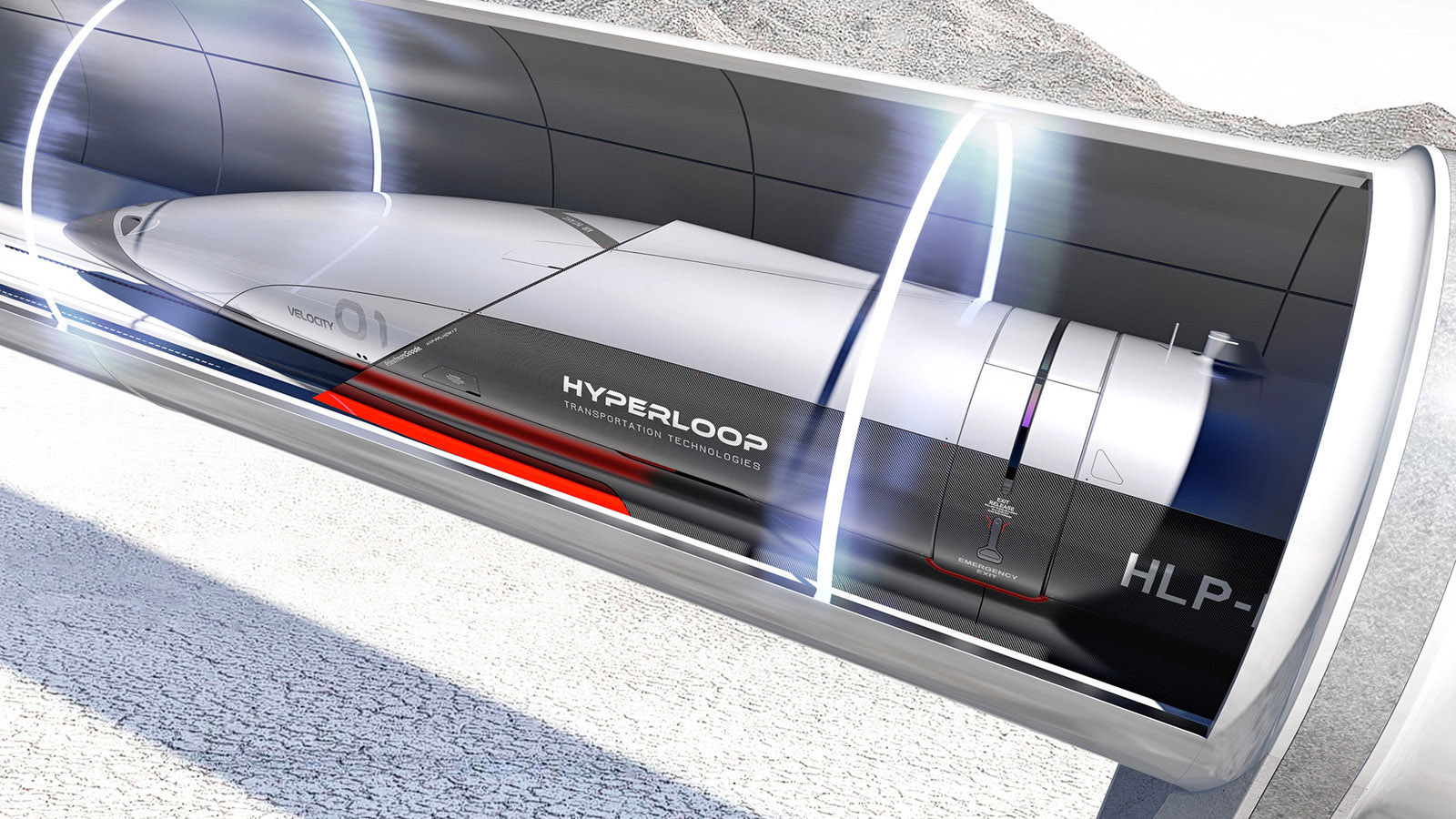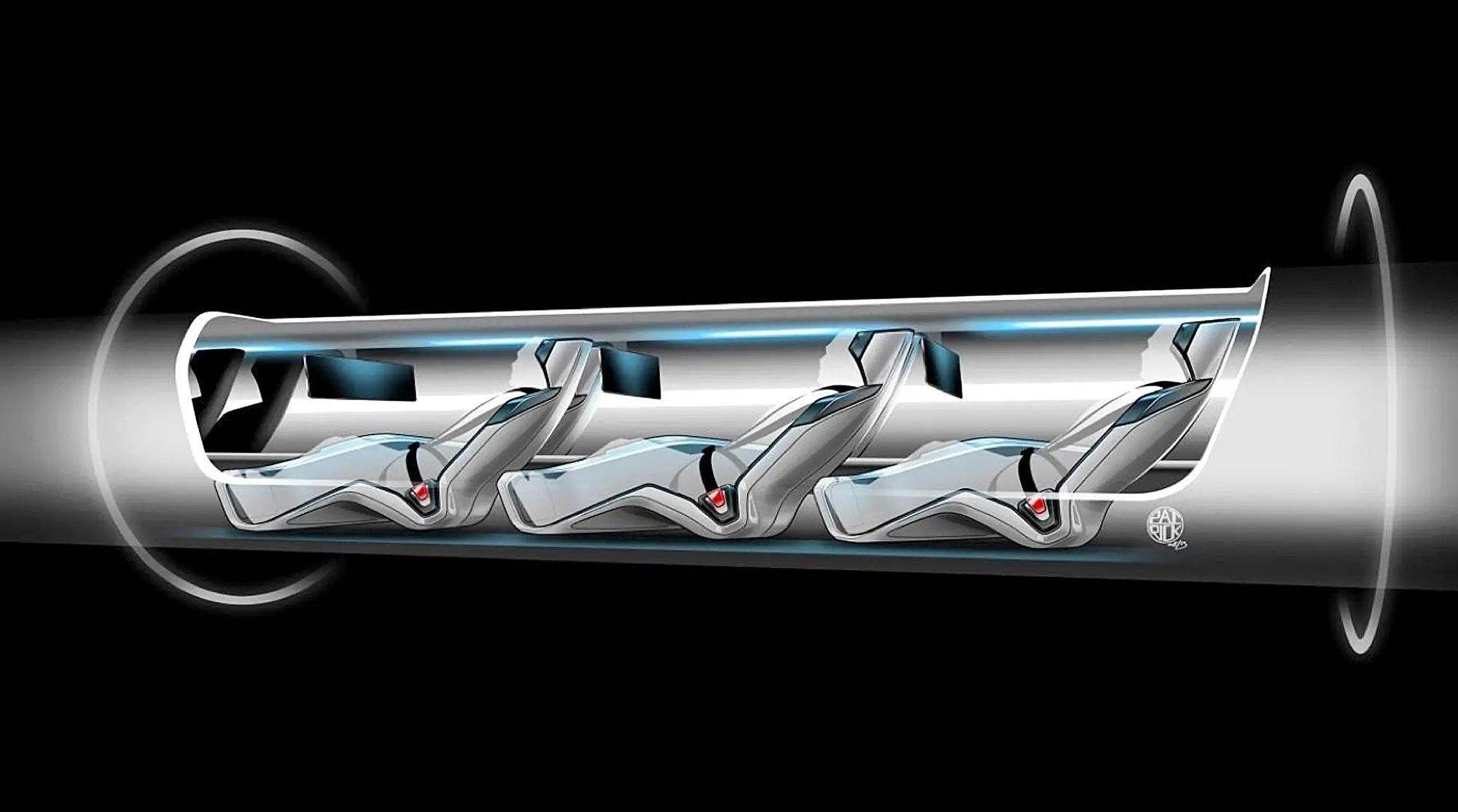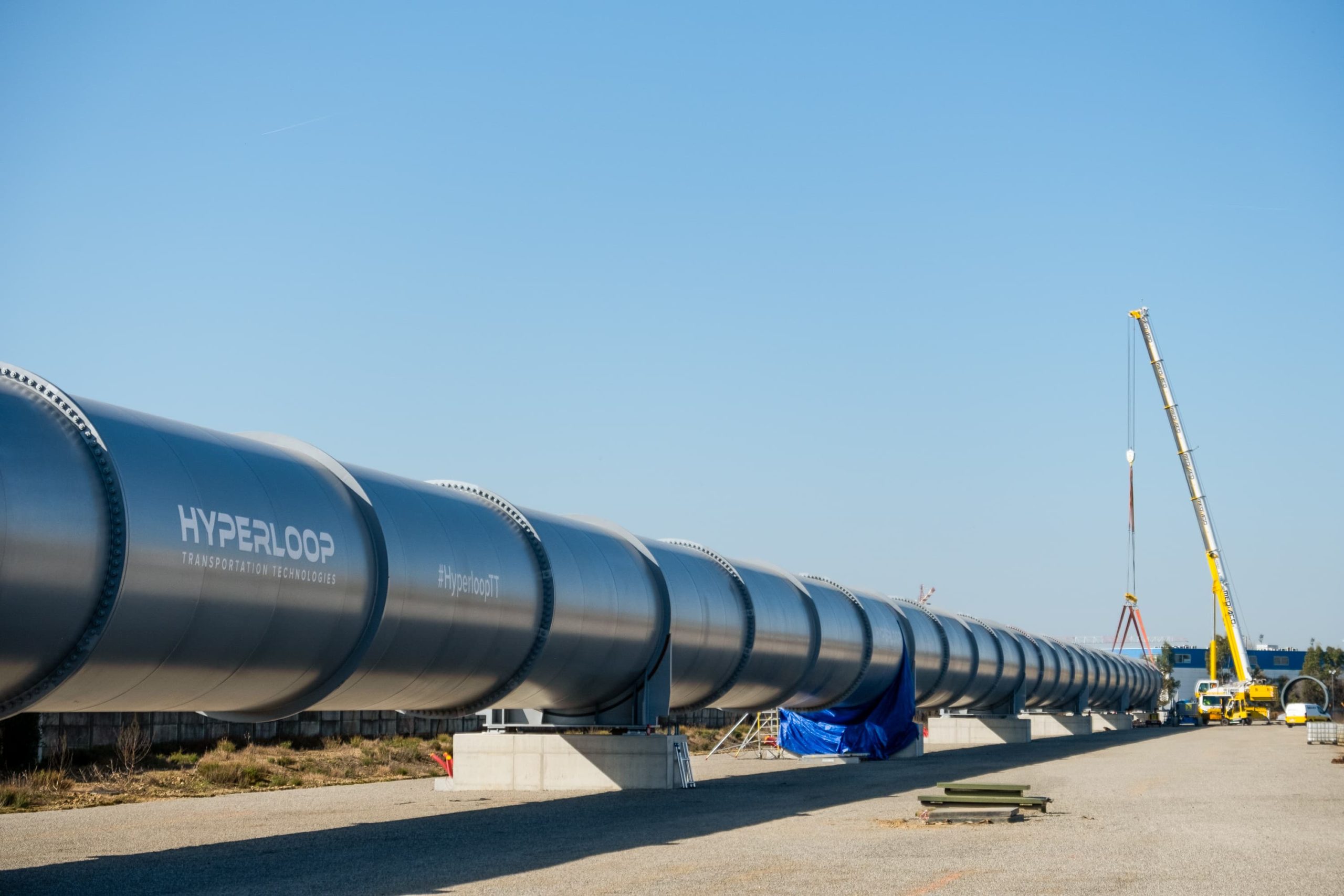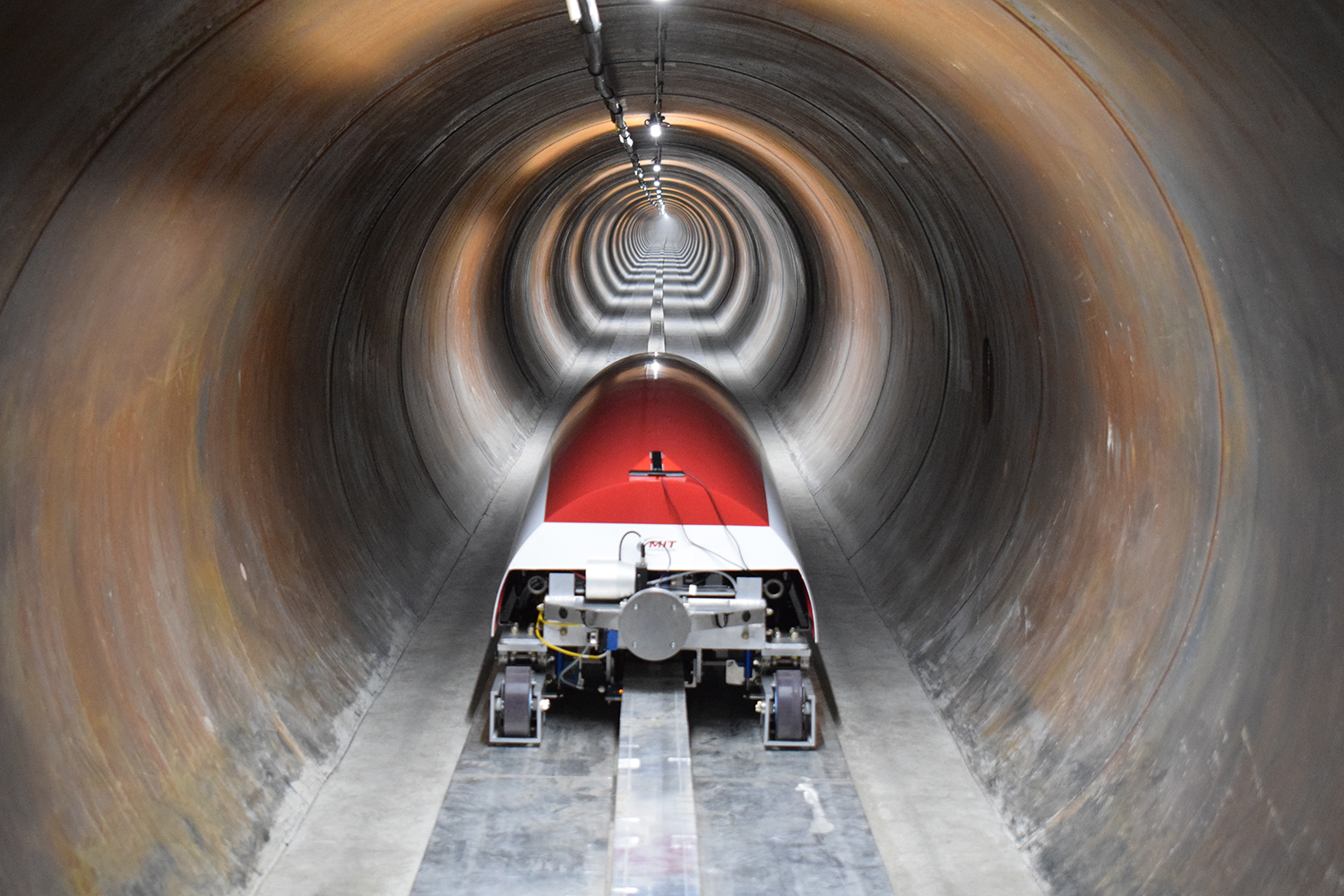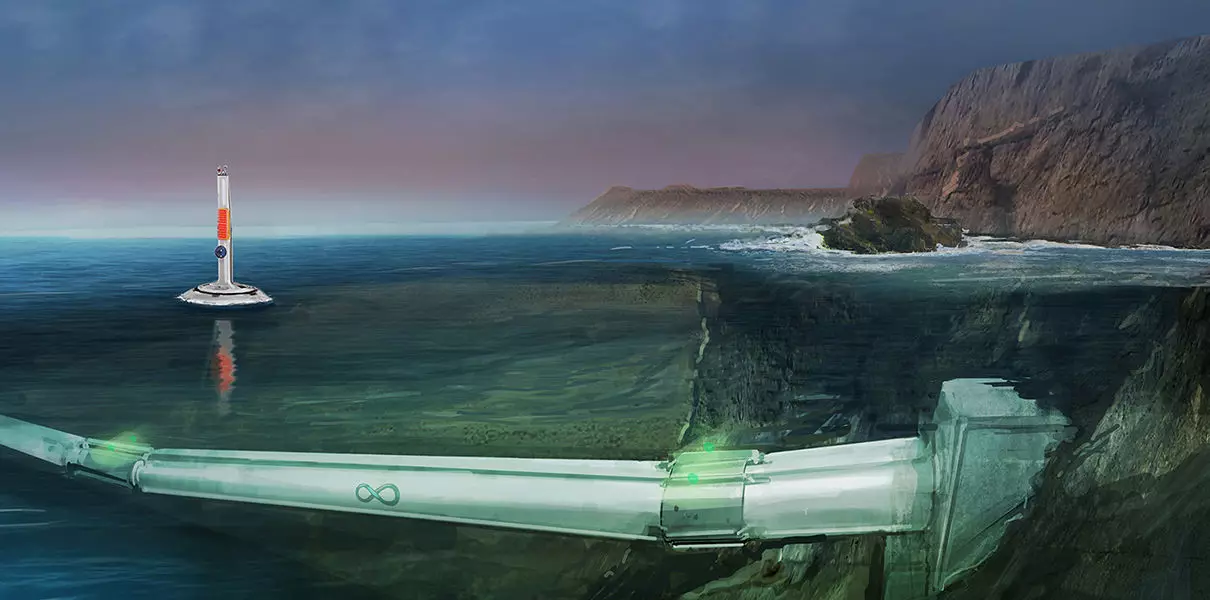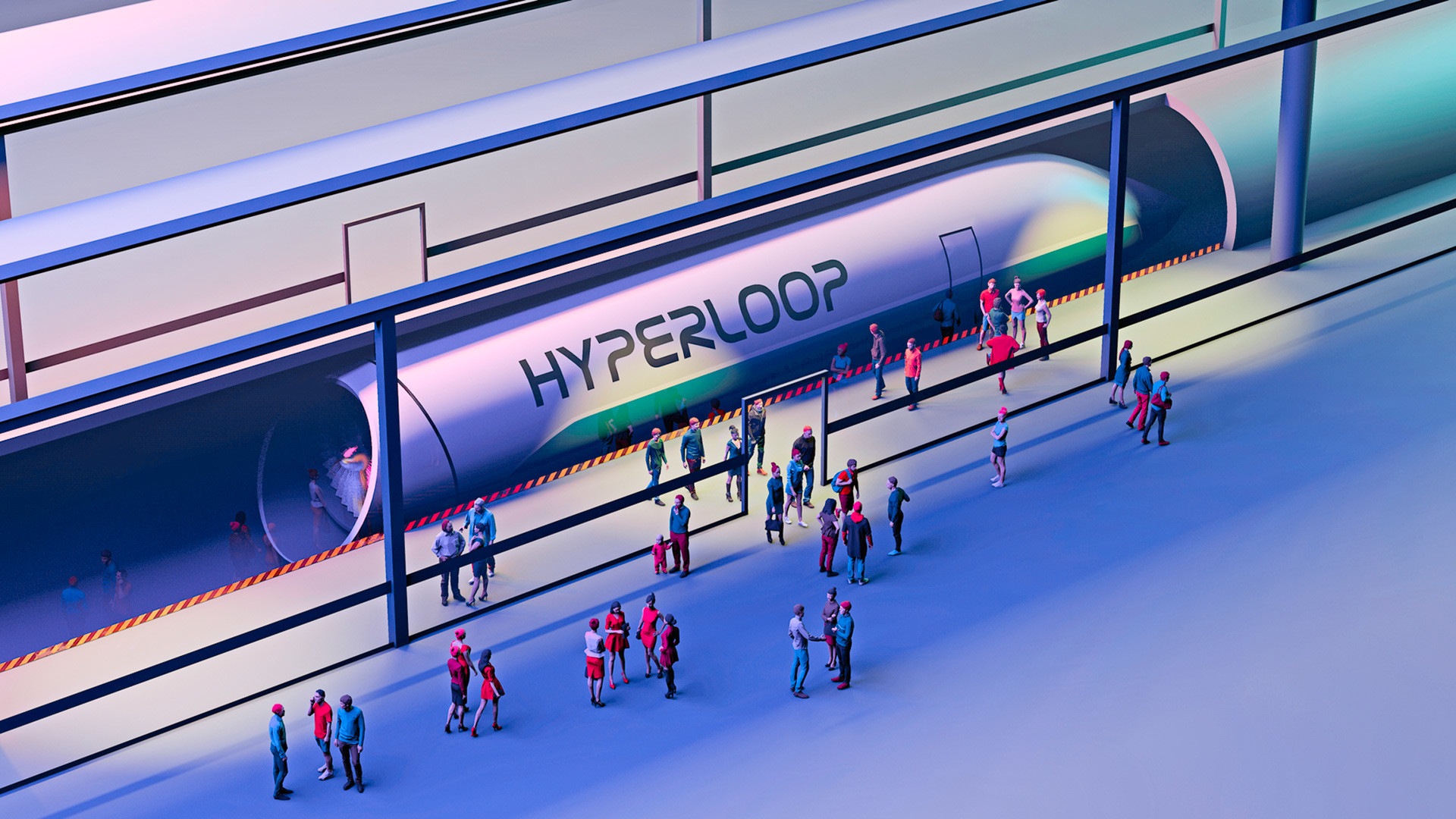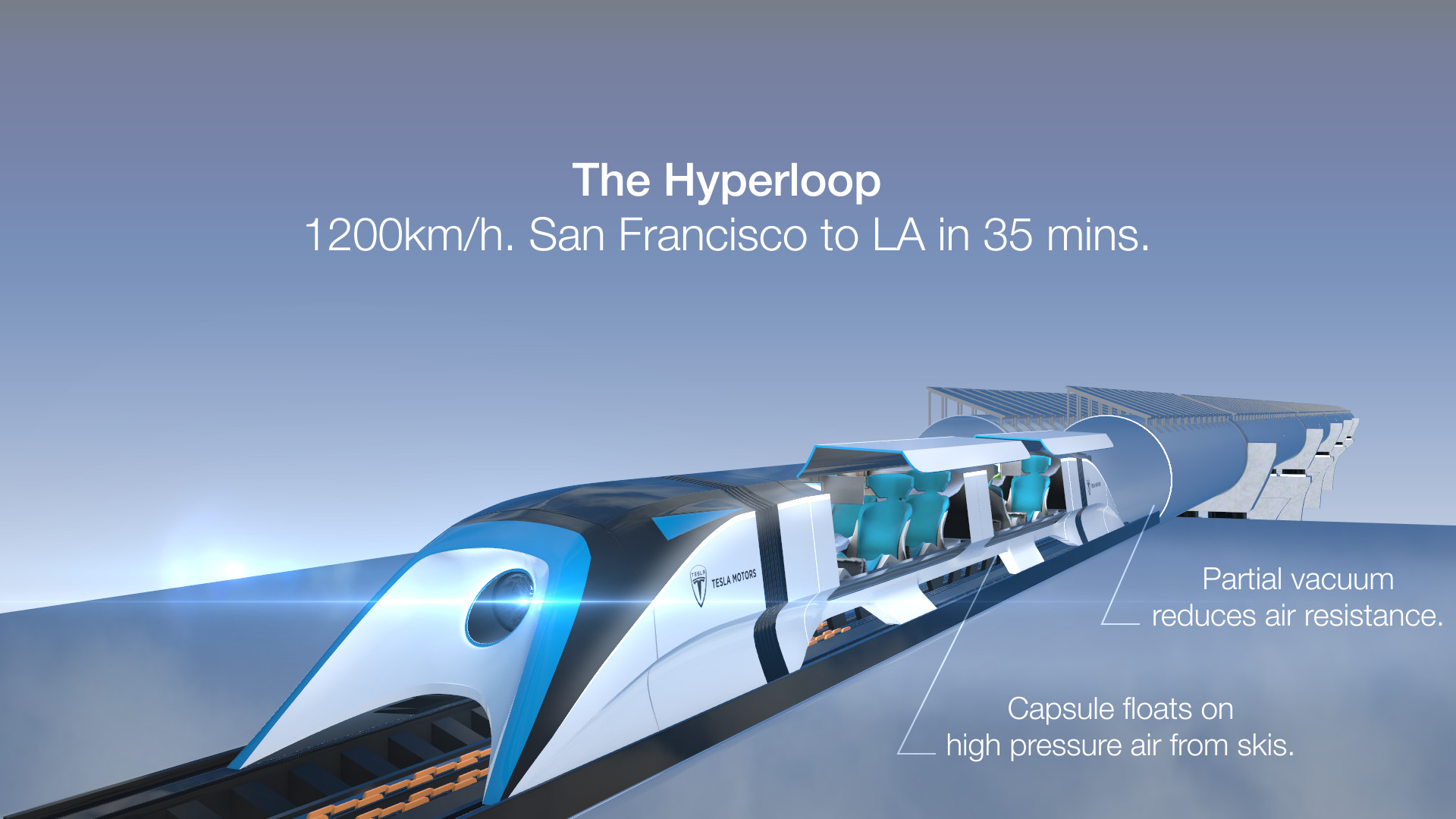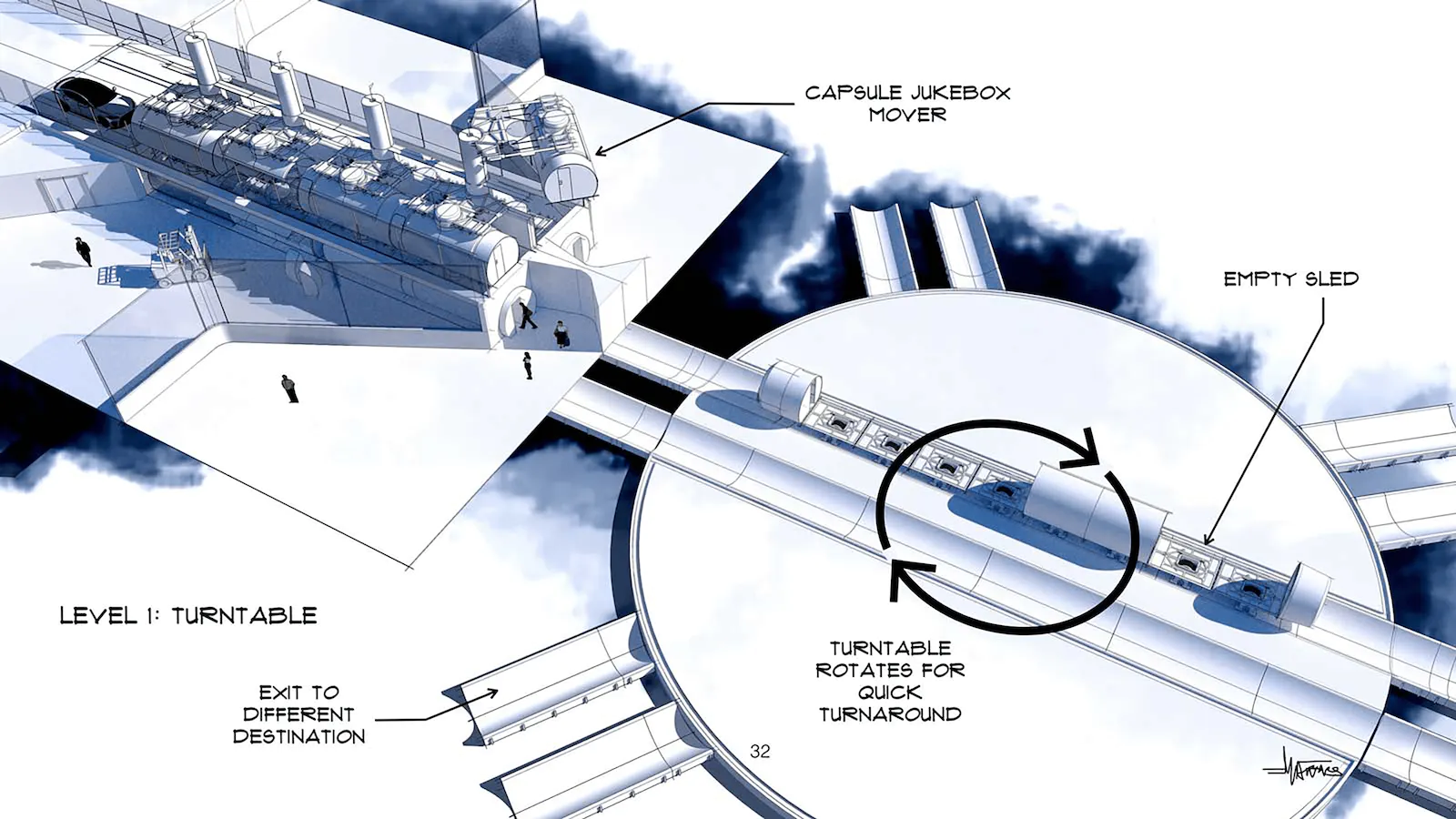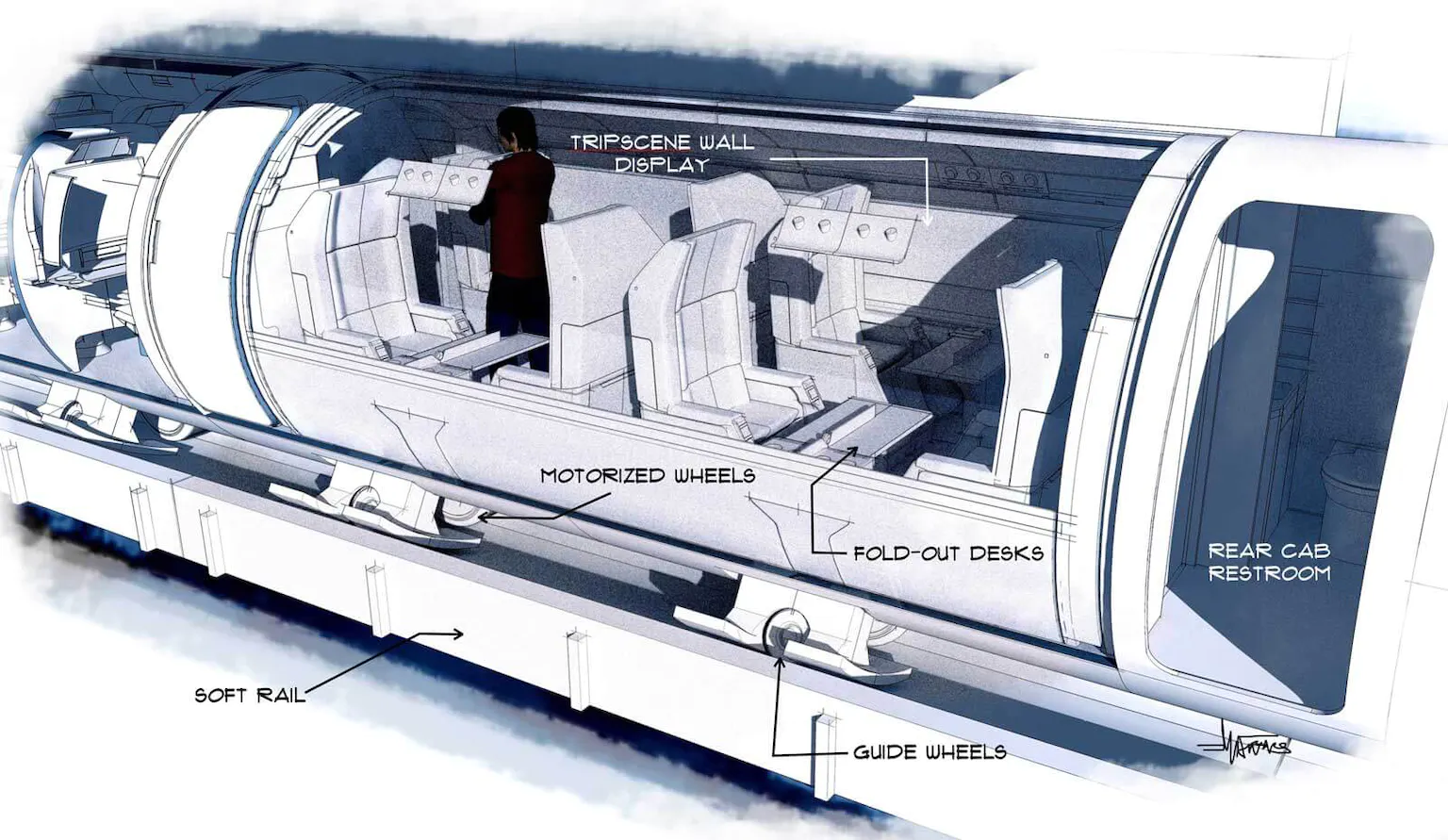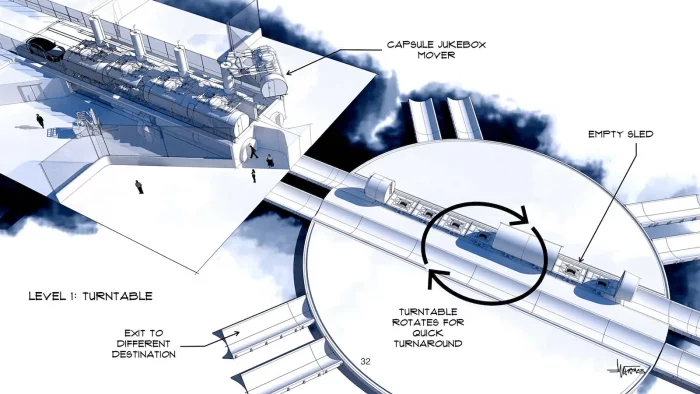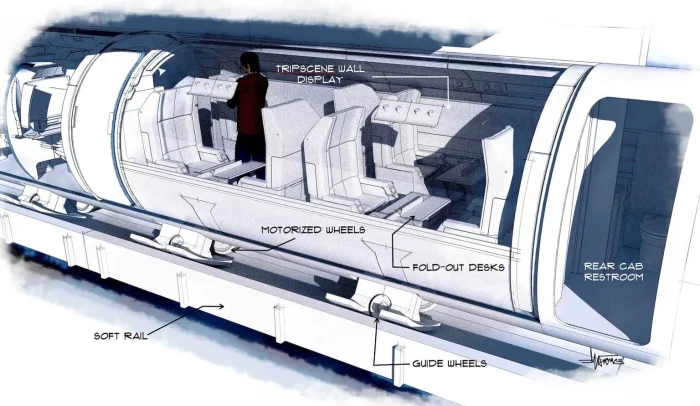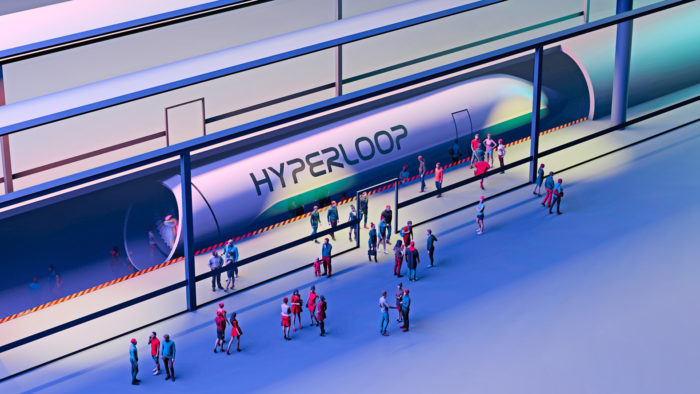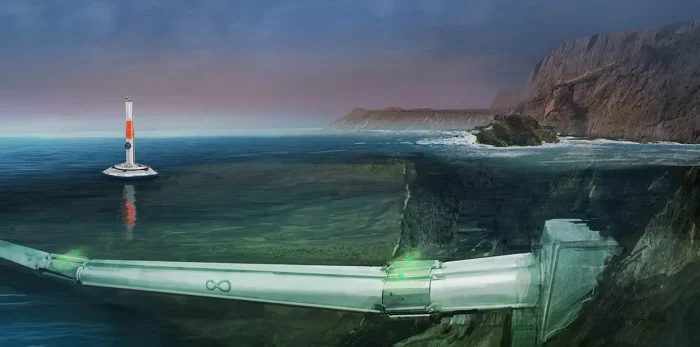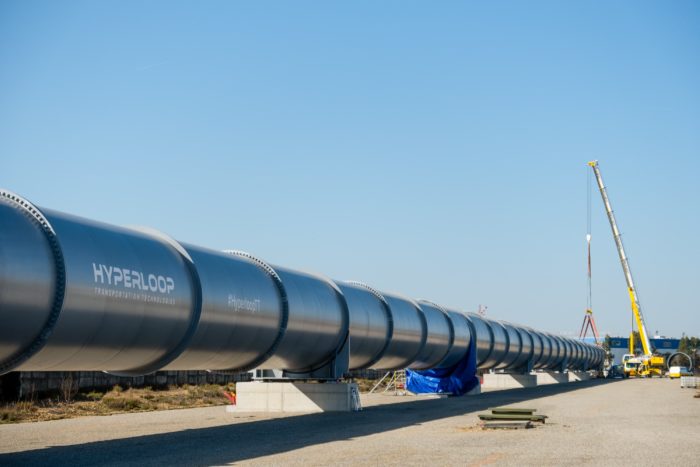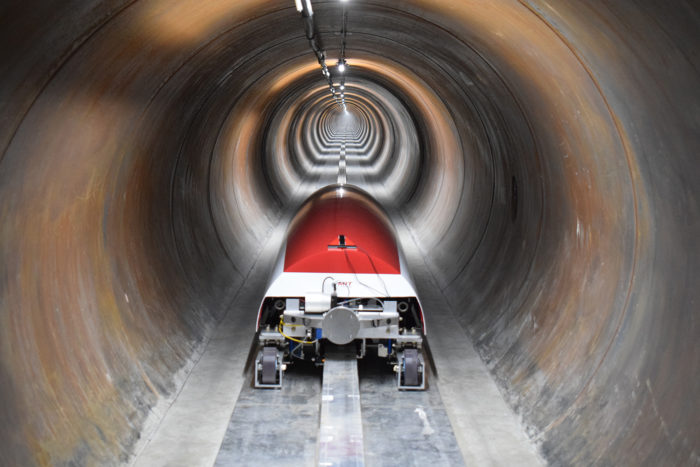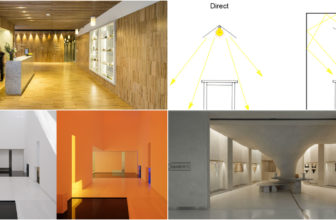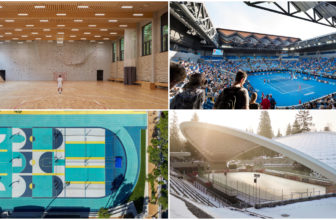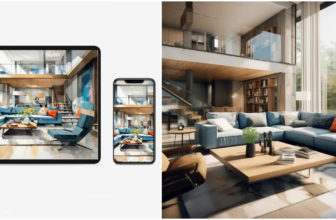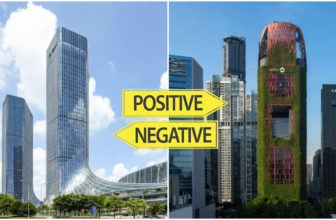What is Hyperloop transportation, and what it means for architecture?
Step into the future, now at 700 mph. Using magnetic levitation, Hyperloop One (formerly known as Hyperloop Technologies, Inc.) tested on Wednesday the first full-scale prototype of the tubular transportation technology they propose, which makes use of an electromagnetic propulsion system, being designed to transport both cargo and passengers. The company announced an exclusive deal to use passive magnetic levitation, a technique developed in the 1990s based on magnetic and coil.
CEO Rob Lloyd stated that only full-scale testing could demonstrate if the system works after separately testing “levitation technologies, aerodynamics in those low-pressure environments and the tube.”
While Hyperloop transportation is, by itself, an unconventional idea, it brings to the table a lot of exciting partnerships, most notably the one with BIG – Bjarke Ingels Group. The firm is known for its alternative perception of contemporary architecture and technology. Ingels has stated about the collaboration: “Traditionally, the work of an architect is to design buildings for the same known program – a residence or a workplace – and try to squeeze in a marginal improvement here or an elegant design solution there.
“With Hyperloop, we are not only designing a futuristic station or a high-speed train – we are dealing with an entirely novel technology with the potential to transform how our existing cities will grow and evolve completely – and how new cities will be conceived and constructed.”
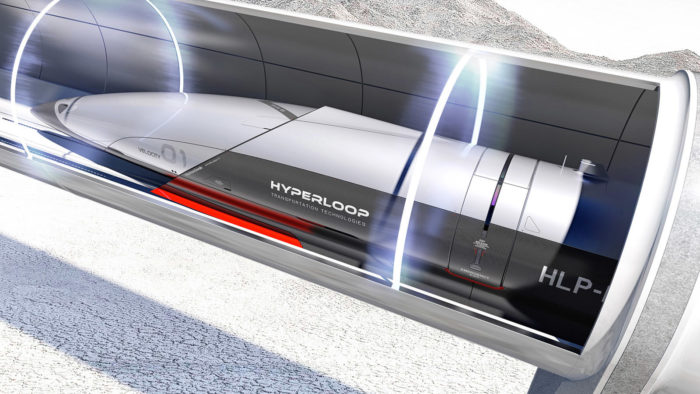
Cargo hyperloop capsule with bay doors open, showing the capacity for a standard 40-foot container – Hyperloop is essentially a long tube with air removed to create a vacuum. The tube is suspended off the ground to protect against weather and earthquakes. ©Forbes
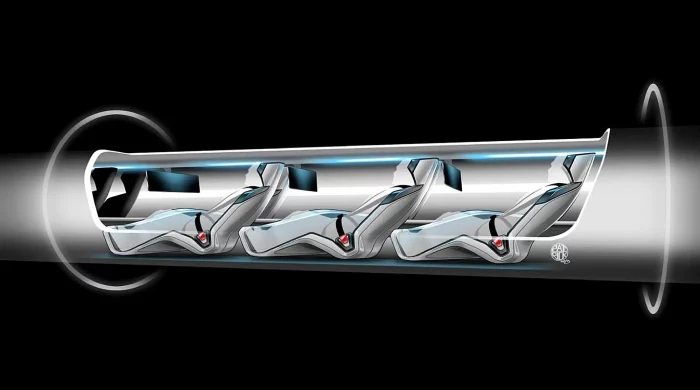
In 2013, MIT students won a competition to transform SpaceX and Tesla Motors co-founder Elon Musk’s idea into a design for a Hyperloop. ©Solidsmack.com
With a sustainable, futuristic approach, seen in projects such as the Copenhagen Power Plant or Little Denmark, the architectural community waits to see how the firm will implement its ideology in this unusual and large-scale project.
Not only have we not faced similar technology before, but what is traditionally perceived as essential parts of a transportation system, such as stations, are no longer necessary. “Utilizing a passive levitation system will eliminate the need for power stations along the Hyperloop track, which makes this system the most suitable for the application and will keep construction costs low,” the team has stated.
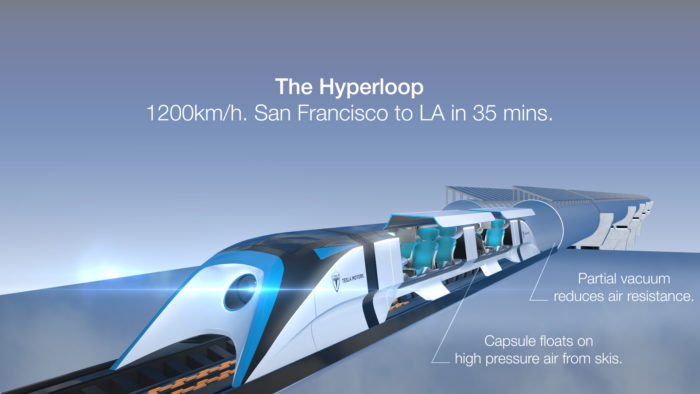
Hyperloop is a proposed method of travel that would take people at 745mph (1,200km/h) between destinations – Image Courtesy of Hyperloop Technologies.
The architectural result may come sooner than one might imagine since Hyperloop One hopes to have a fully functional prototype by the end of the year – the current one has no brake system designed, at it will crash into a pile of sand at 116 miles per hour.
The planning will also involve the work of others collaborators. For example, Arup will be in charge of discovering geographic locations for passenger proposals. FS Links will be in the order of developing and choosing the regions that the transportation will connect. Other collaborations include AECOM, Arcturan Sustainable Cargo, Amberg Group, Cargo Sous Terrain, Deutsche Bahn Engineering & Consulting, Grid, KPMG, and Systra.
Rob Lloyd has stated, “We will work alongside these world-class partners to redefine the future of transportation, providing a more immediate, safe, efficient, and sustainable high-speed backbone for the movement of people and things.” Therefore, we are assisting a new system with new needs, one that might redefine cities as we currently know them.”
